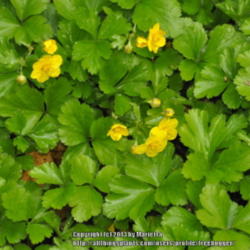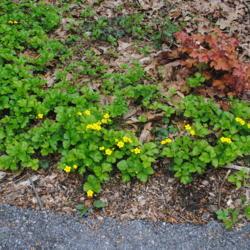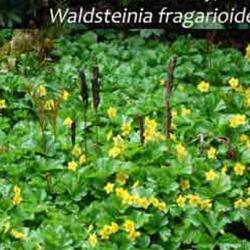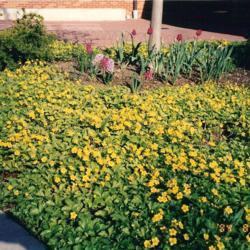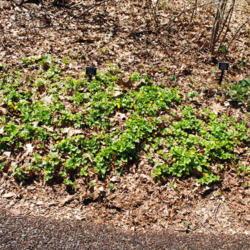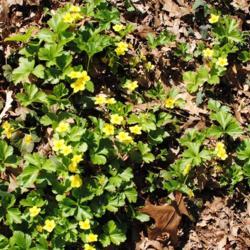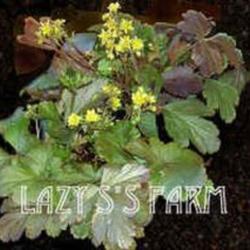| Plant Habit: | Herb/Forb |
| Life cycle: | Perennial |
| Sun Requirements: | Full Sun to Partial Shade Partial or Dappled Shade Partial Shade to Full Shade |
| Water Preferences: | Mesic Dry Mesic |
| Soil pH Preferences: | Neutral (6.6 – 7.3) Slightly alkaline (7.4 – 7.8) |
| Minimum cold hardiness: | Zone 3 -40 °C (-40 °F) to -37.2 °C (-35) |
| Plant Height: | 6 to 8 inches |
| Plant Spread: | 6 to 12 inches |
| Leaves: | Evergreen |
| Flowers: | Showy |
| Flower Color: | Yellow |
| Bloom Size: | Under 1" |
| Flower Time: | Late winter or early spring Spring Late spring or early summer |
| Underground structures: | Rhizome |
| Uses: | Groundcover Will Naturalize |
| Resistances: | Tolerates dry shade Tolerates foot traffic Drought tolerant Salt tolerant |
| Propagation: Other methods: | Division Stolons and runners |
